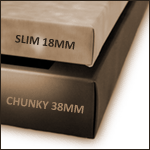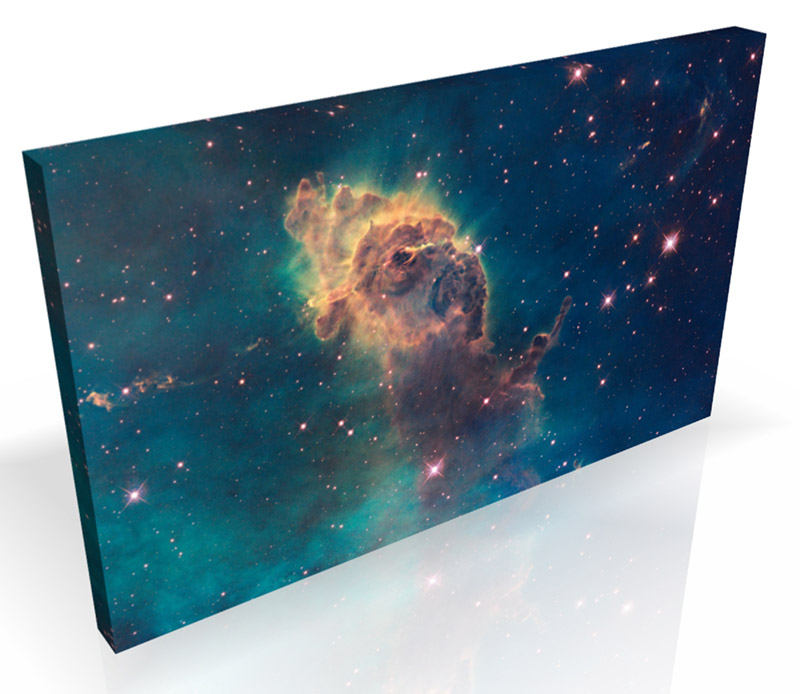 |
 |
|
 |
Carina NebulaThe Carina Nebula is a large bright nebula that surrounds several open clusters of stars. Eta Carinae and HD 93129A, two of the most massive and luminous stars in our Milky Way galaxy, are among them. The nebula lies at an estimated distance between 6,500 and 10,000 light years from Earth. It appears in the constellation of Carina, and is located in the Carina–Sagittarius Arm. The nebula contains multiple O-type stars. The nebula is one of the largest diffuse nebulae in our skies. Although it is some four times as large and even brighter than the famous Orion Nebula, the Carina Nebula is much less well known, due to its location far in the Southern Hemisphere. It was discovered by Nicolas Louis de Lacaille in 1751–52 from the Cape of Good Hope. Within the large bright nebula is a much smaller feature, immediately surrounding Eta Carinae itself. This small nebula is known as the Homunculus Nebula (from the Latin meaning Little Man), and is believed to have been ejected in an enormous outburst in 1841 which briefly made Eta Carinae the second-brightest star in the sky.
|
||
Slim 18mm Canvas Wraps
|
 |
Chunky 38mm Canvas Wraps
|
|
||
© Copyright Canvas Nation. All Rights Reserved. Telephone 02476 581037 Email sales@amc-photographics.com |

